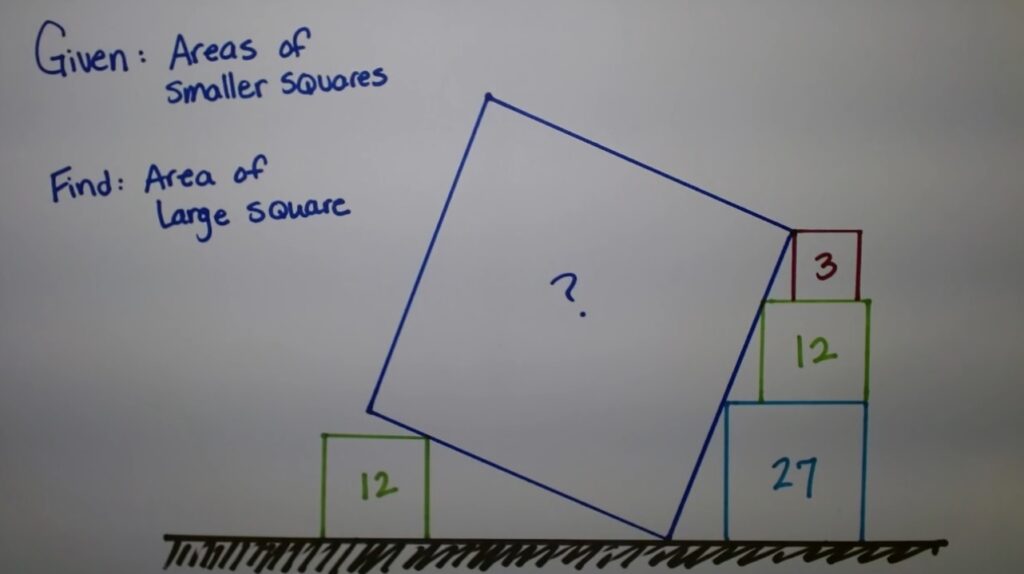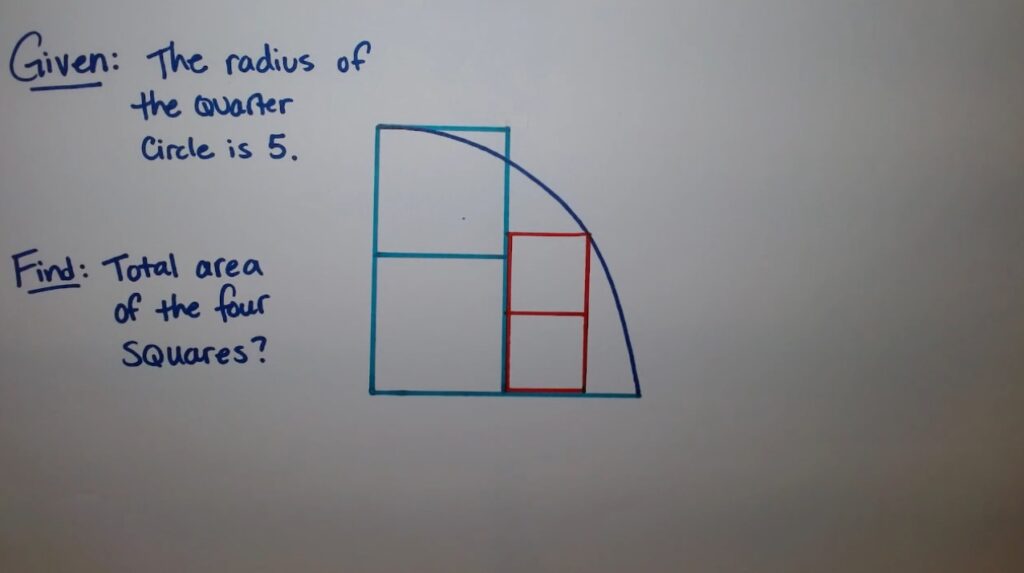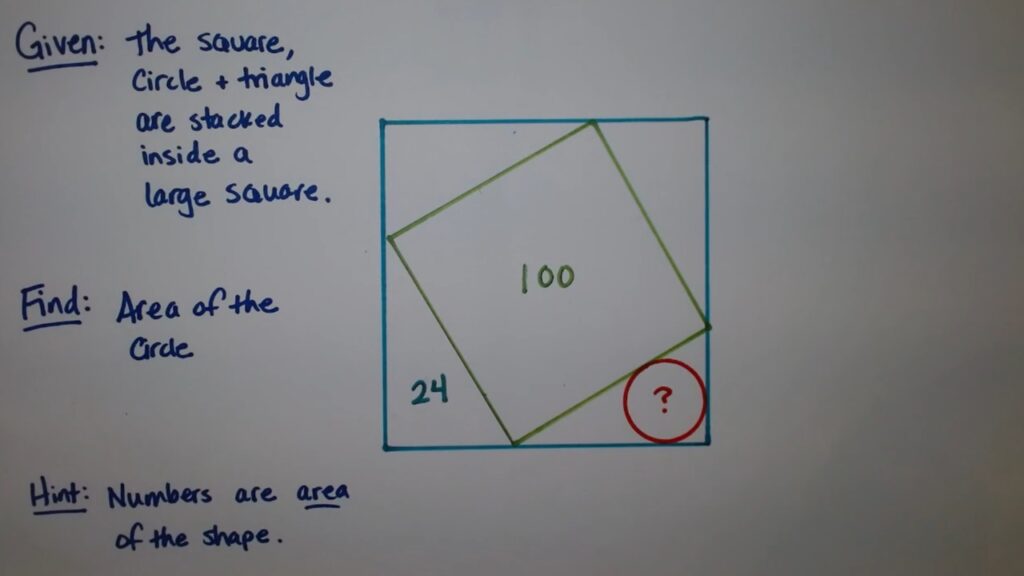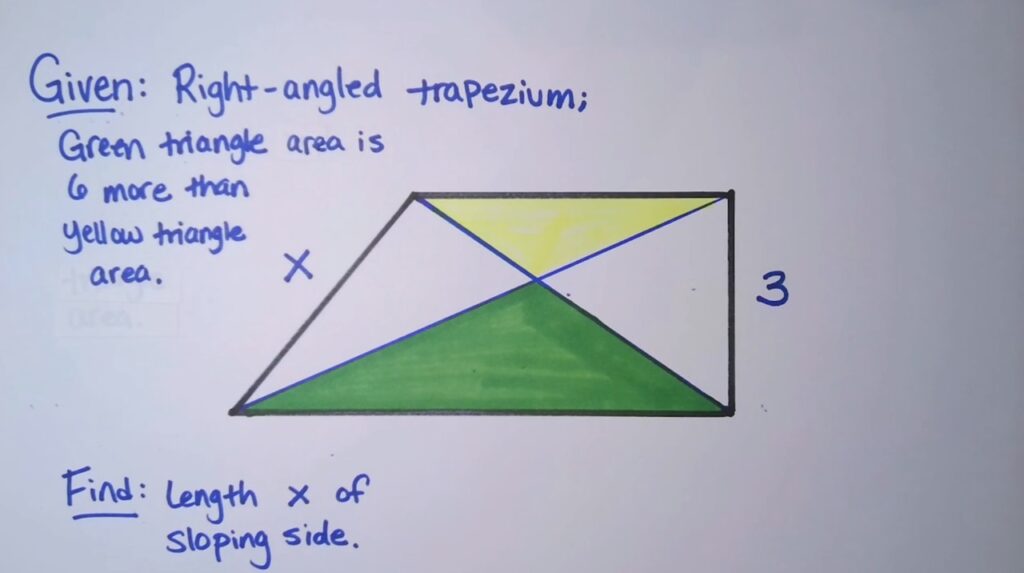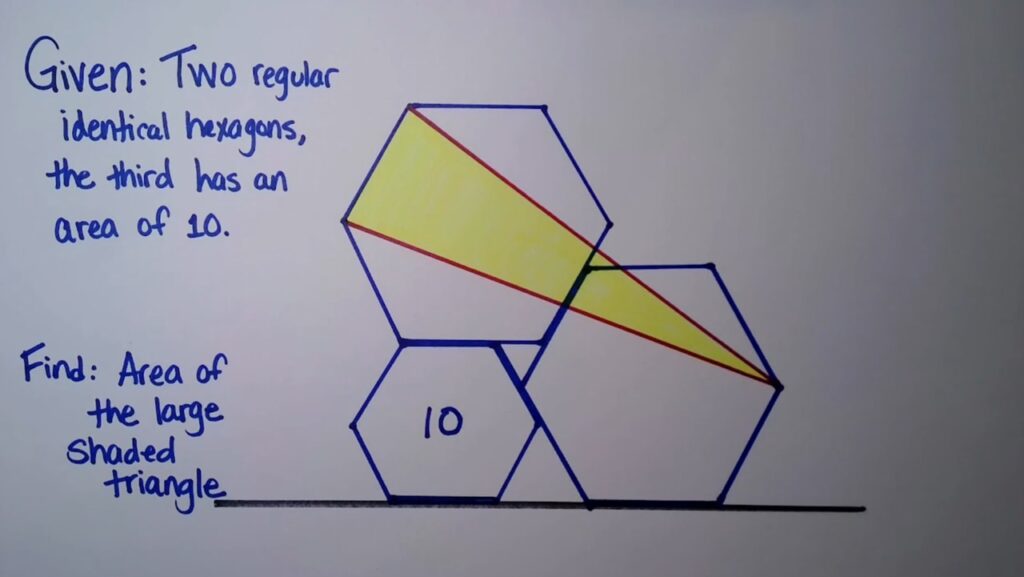Trigonometry Essentials (Grades 7-8th)
[am4show have='p156;p158' guest_error='guest_error_msg' user_error='user_error_msg' ]There are 30 videos on this page, so please take your time when working through the content. Most students will cover all of the content in 4-8 weeks.
This course requires completion of Unit 4 (Algebra) and Unit 5 (Geometry).
Trigonometry is all about triangles, and the relationship between sides and angles of the right triangle. This area of math was developed by Hipparchus around 150 BC, and it is still studied today by physicists, chemists, and civil, mechanical and industrial engineers for figuring out forces, motion, and momentum in their calculations.
No in-class handout needed, triangles are pretty easy to draw by hand so you can take notes right along with the teacher's instructions. Just bring your notebook, pencil and a big smile!
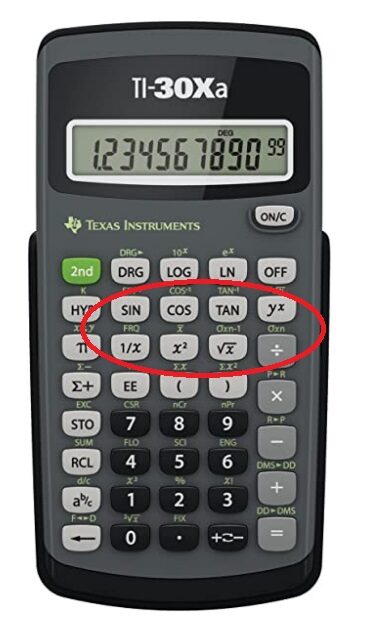
Do you have a calculator that will work for this class?
- Easy to READ THE DISPLAY
- Screen shows at least 10 digits
- Must-have buttons: inverse (labeled as 1/x or x^-1), exponents (labeled as y^x or x^y or 'EXP')
- Your calculator must have the ability to do square roots (if it doesn't have a square root button, you can use the exponent button).
- Your calculator must be able to do trigonometric functions: sin, cos, tan and their inverses.
Math Class Session #1:
Angles, Right Triangles & the Pythagorean Theorem
This is the first of four sessions. We'll review different types of angles (Geometry Session #2), basic properties of triangles (Geometry Session #3), and make sure you are comfortable with the concept of similar triangles (Geometry Session #6) with different sizes of right triangles.
Trigonometry Essentials Workbook: Parts 1 & 2
The first half of this workbook will help you review the basic principles of triangles from previous geometry sessions. Let's review our work from Geometry Sessions #2, 3, 5, and 6 so these math concepts are right at your fingertips for the rest of the course!
Math Activity: Scavenger Hunt
We're going to practice our graphing skills from Algebra Session #4 (the coordinate plane) and the Pythagorean Theorem to calculate distances like perimeter and sides of a triangle. Get ready to have some fun with this one by scattering the ten clues around the room!
Trigonometry Essentials Workbook: Part 3
This section of the workbook will introduce trigonometric functions as ratios that relate the sides and angles in a right triangle. Let's get started!
Math Activity: Trigonometry Guided Notes Part 1
This is a bonus set of guided notes that will help you with understanding how trig functions work. You'll work on this packet for the rest of this entire series of classes for trigonometry, covering trigonometric functions and the Pythagorean Theorem in detail.
Math Activity: Sum 'Em Up
Once you have completed the sine and cosine mazes in the workbook, you can do more practice here! This activity will mix them up so you have to figure out when to do each one. It also has tangent, but if you haven't yet done this trig function, just use the Pythagorean Theorem and then move into either sine or cosine functions.
Math Class Session #3:
Trigonometric Functions: Sine, Cosine, Tangent
Let's continue to practice solving for unknown angles and sides of triangles by introducing a third trigonometry function: tangent. This one is an especially powerful tool in helping you do your math analysis more quickly.
No workbook pages for this session! Go straight to the Guided Notes packet (below) after watching the math class.
Math Activity: Trigonometry Guided Notes Part 2
This is a bonus set of guided notes that will help you with understanding how trig functions work. You'll work on this packet for the rest of this entire series of classes for trigonometry, covering trigonometric functions and the Pythagorean Theorem in detail.
Math Review Activity: Eight Stations
This is a review of the Pythagorean Theorem and basic right triangle geometry that we covered near the beginning of this session. (No trigonometric functions in this review).
Math Class Session #4:
Applications
Now that we understand the triangle basics, we'll put it together with several real world applications! It's important to map out an action plan before jumping in to solve these types of problems, and I'll share with you a simple, methodical process you can use to break down complex problems into clear, easy steps.
Bonus Math Class!
Law of Sines & Law of Cosines
This is an extra math class I recorded to introduce you to the idea of how to use trig functions to solve for sides and angles in any triangle, not just right triangles. You can use these new trig properties to solve the Geometry Puzzles below if you need to.
Trigonometry Essentials Workbook: Part 4
This section of the workbook will practice how to use our three main trigonometry tools (sum of all angles in a triangle equals 180o, the Pythagorean Theorem, and sine and cosine relationships) to solve real world problems! We'll start off simple and work our way into more complex problems after you tackle the last three problems in the workbook. Let's get started!
Math Activity: Trigonometry Guided Notes Part 3
This is a bonus set of guided notes that will help you with understanding how trig functions work. You'll work on this packet for the rest of this entire series of classes for trigonometry, covering trigonometric functions and the Pythagorean Theorem in detail.
Bonus Labs in Civil Engineering
These labs are listed in Geometry Session #3, and they are so good at demonstrating how engineers use trigonometric functions to solve for forces in structures like bridges that I wanted to be sure to include it here as well. These labs are taken from my sophomore-level university class in civil engineering, where we use algebra and geometry to determine the forces in a loaded truss frame.
The point of sharing these advanced labs with you isn't to rush ahead and make you memorize a lot of advanced skills early, but instead I want you to look for patterns in what we are doing. Where do you notice algebra skills coming in? Where do you see me using geometry?
I want you to notice things like: how we use information about triangles to help us solve for unknown forces in a bridge; how we write equations so it makes the math as easy as possible. Look for the math skills that you know how to do, like dividing by fractions to solve a linear equation, and I'll handle the hard parts. It's like being in a cooking class with a master chef, and noticing just a few things that really make what you're learning about in our classes have meaning.
Math Challenge: Seven Geometry Puzzles
These are hand-picked from the hundreds of creative math puzzles published in weekly articles from Catriona Agg. Work on solving at least one each session. There are enough to choose from in case you get stuck on one, you can just skip to the next one!
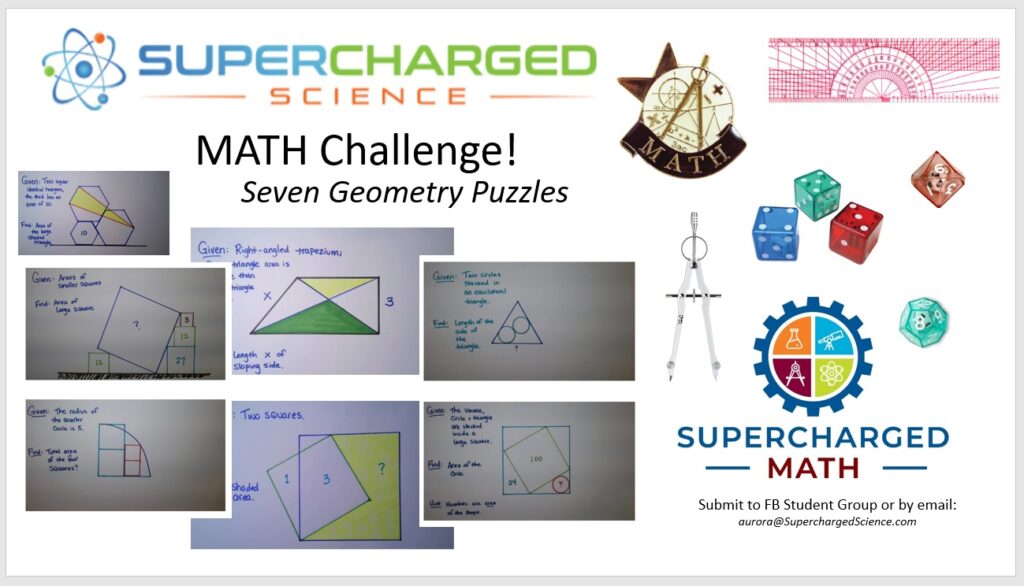
The solution videos are right next to the puzzle. I would suggest trying the puzzles first for at least a day or two on your own, and then if you need a hint, just watch the first part of the solution video, hit pause and see if you can finish it before watching the rest of the video. (Once you know the solution, you'll always know it, so enjoy the pleasure of figuring things out for yourself as much as you can!) Usually people get stuck because they're overlooking an important (and often small) detail.
If you're new to solving these types of puzzles, start with the first one, The Toppled Square. Work through it with me so you can understand what solutions to these types of puzzles can look like! You have the ability to solve every single one of these at the level of math you are currently in right now. There is more than one way to solve each of these, so your solution path may look different than mine, but we both have the same final answer!
[/am4show]

